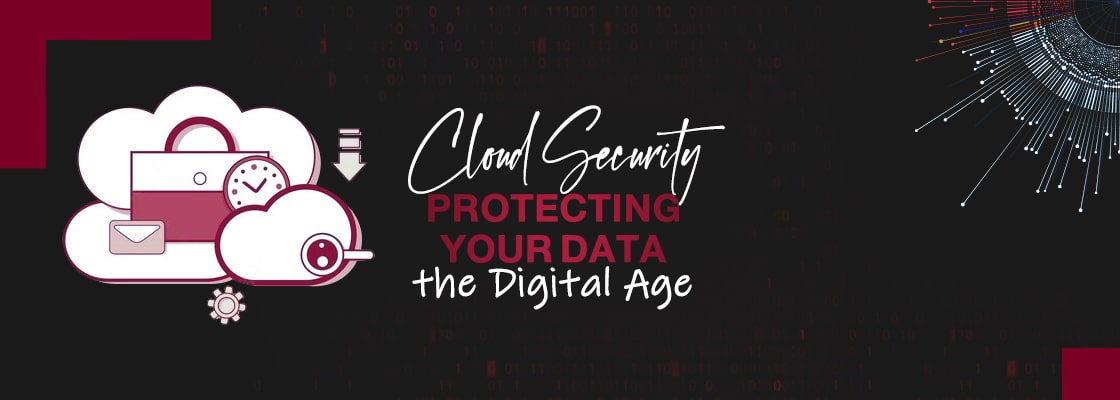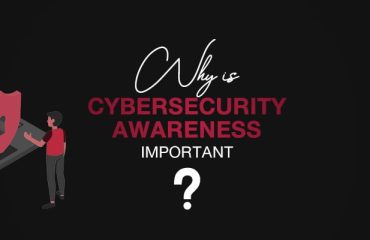
In recent years, cloud computing has become increasingly popular as more and more businesses move their data to the cloud. While the cloud offers many benefits, such as cost savings and scalability, it also presents new security challenges.
What is cloud security?
“Cloud security” refers to the practices and technologies used to protect cloud-based data, applications, and infrastructure from unauthorized access, theft, and data breaches. Cloud security is an essential component of cyber security because the cloud can be accessed from anywhere in the world, making it vulnerable to cyberattacks.
Threats to cloud security
There are many threats to cloud security, including:
-
Data breaches: cloud-based data can be accessed by cybercriminals who steal sensitive information.
-
Malware attacks: Malware can infect cloud-based applications and systems, compromising the security of the entire network.
-
Insider threats: Employees or other authorized users who have access to the cloud can intentionally or unintentionally compromise security.
-
DDoS attacks: Distributed denial-of-service (DDoS) attacks can overload cloud-based applications and systems, rendering them unusable.
Drawbacks of cloud security
There are several drawbacks to cloud security, including:
-
Lack of control: When data is stored in the cloud, businesses relinquish some control over their data and rely on cloud service providers to ensure its security.
-
Compliance challenges: Different countries and industries have different data privacy and compliance regulations, making it difficult for businesses to comply with all regulations.
-
Dependence on internet connectivity: The cloud is only accessible over the internet, so businesses must have a reliable internet connection to access their data.
Solutions for Cloud Security
To protect cloud-based data and applications, businesses can take several steps, including:
-
Encryption: Encrypting data at rest and in transit can help protect it from unauthorized access.
-
Multi-factor authentication: requiring multiple factors for authentication, such as a password and a fingerprint, can help prevent unauthorized access.
-
Regular security audits: Regular security audits can help identify vulnerabilities and ensure compliance with data privacy and compliance regulations.
-
Backup and recovery: Regularly backing up data and having a disaster recovery plan in place can help businesses recover from data breaches and other security incidents.
Cloud security is a critical component of cyber security. While the cloud offers many benefits, it also presents new security challenges.
Businesses must take proactive steps to protect their cloud-based data, applications, and infrastructure from cyber threats.
By implementing strong security measures, businesses can mitigate the risks associated with cloud computing and ensure the security of their data in the digital age.




